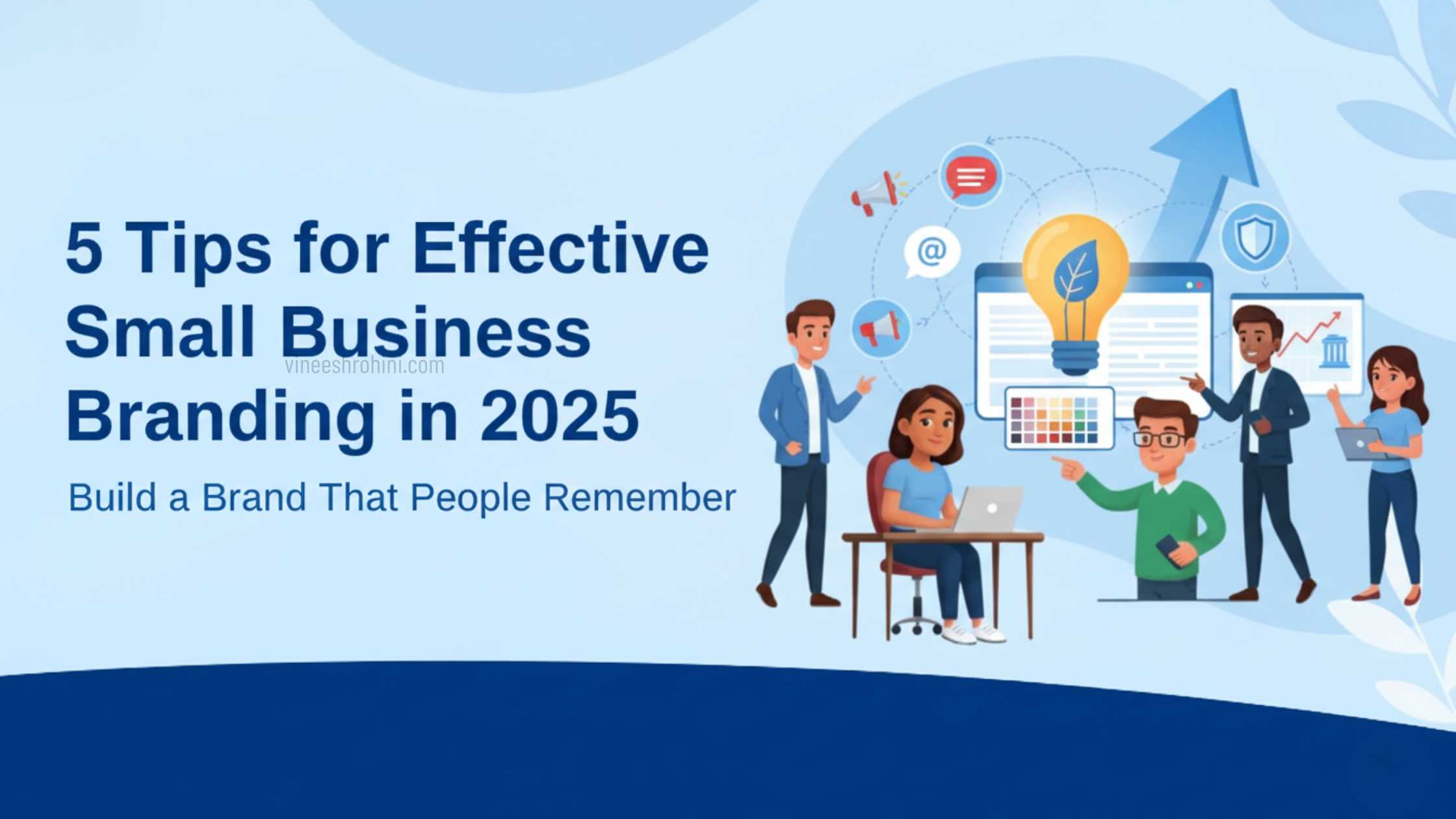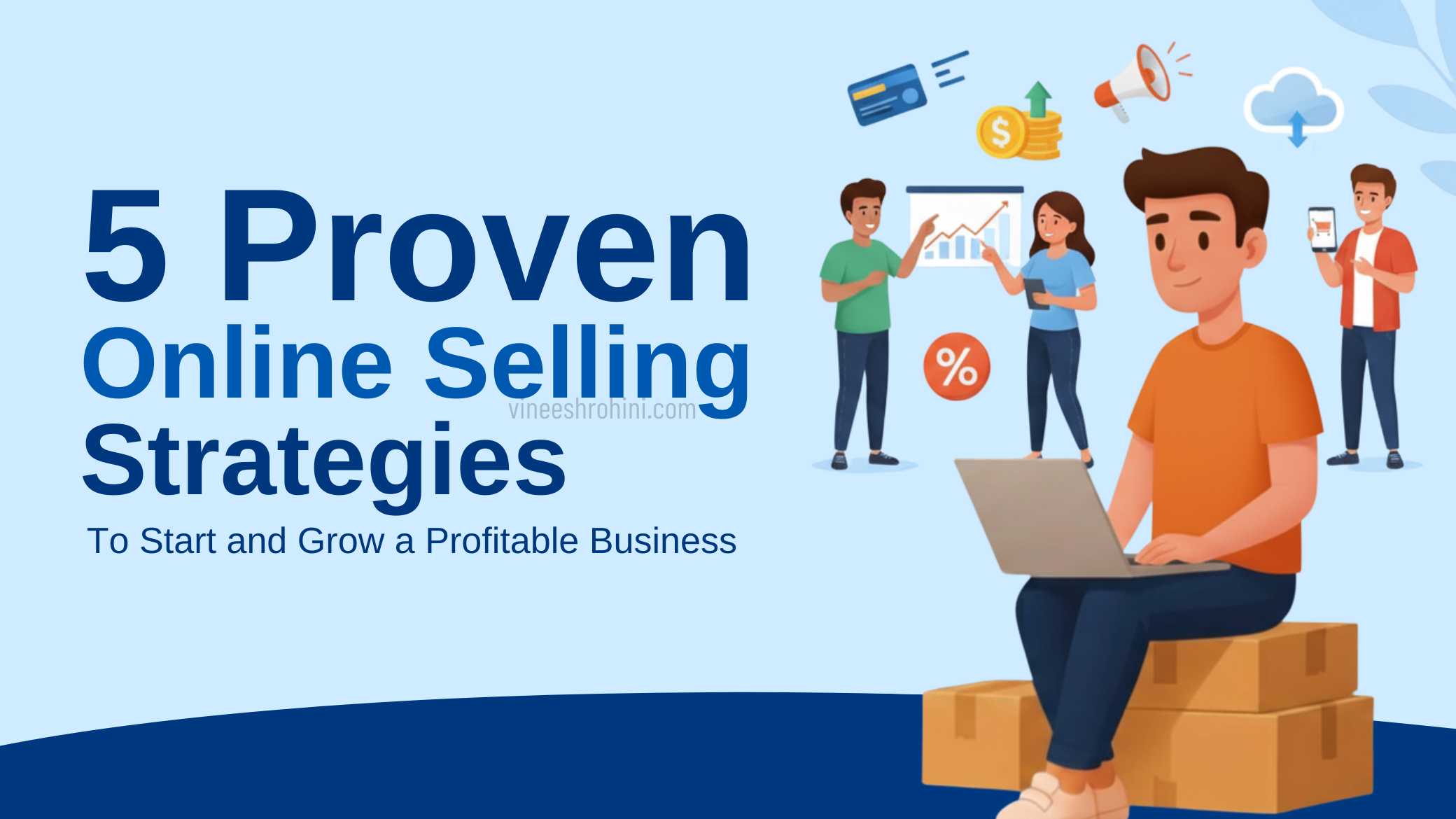What is dropshipping ? : Comprehensive Guide 2025
What is dropshipping ? : In the world of modern ecommerce, dropshipping continues to be one of the most popular and accessible business models for entrepreneurs who want to start an online business without the hassle of managing inventory or shipping logistics. As 2025 unfolds, the dropshipping landscape has evolved with advanced tools, AI-driven automation, and tighter competition, making it both an opportunity and a challenge for digital entrepreneurs.
Table of Contents
This comprehensive guide will explain everything you need to know about dropshipping—how it works, its features, pros and cons, steps to start, and effective promotion strategies—optimized for the latest ecommerce trends of 2025.
What is Dropshipping?

Dropshipping is a retail fulfillment model where the seller does not keep the products in stock. Instead, when a customer places an order through the seller’s online store, the order is transferred to a third-party supplier or manufacturer who handles the product packaging and shipping directly to the customer. The seller acts as a bridge between the customer and the supplier, earning profits through the difference between the retail and wholesale prices.
In traditional retail, sellers need to invest heavily in inventory and warehousing. However, in dropshipping, the seller doesn’t buy inventory upfront. They only pay for the product after receiving a confirmed order. This low-risk model makes it a preferred choice for beginners and small business owners who want to test product ideas without significant financial commitments.
Also Read : 10 Proven Selling Strategies to Start a Successful Online Business : A Comprehensive Guide 2025
In 2025, dropshipping has grown beyond simple product reselling. Advanced platforms like Shopify, WooCommerce, and Wix eCommerce have integrated with AI-driven tools to automate order fulfillment, supplier management, and ad targeting. This has made dropshipping more efficient and data-driven than ever before.
How Dropshipping Works

To understand how dropshipping operates, let’s break down the process step-by-step:
- Setup an Online Store: The dropshipper creates an ecommerce website using platforms such as Shopify, WooCommerce, BigCommerce, or Wix. The store showcases products imported from suppliers via plugins or integrations (like Oberlo, Spocket, or AliExpress).
- List Products and Set Prices: The dropshipper selects products from their chosen suppliers and lists them on their store, adding a markup to determine the profit margin.
- Customer Orders a Product: When a customer places an order through the online store and completes the payment, the dropshipper receives the order details.
- Forward Order to Supplier: The dropshipper forwards the order details to the supplier or the supplier app automatically fulfills it.
- Supplier Ships Product: The supplier packages and ships the product directly to the customer under the dropshipper’s brand name.
- Customer Receives Order: The customer receives the order, assuming it was shipped from the store they purchased it from.
The seller never physically handles the product, which allows them to focus on marketing, customer support, and scaling their business instead of inventory or logistics management.
Features of Dropshipping (2025 Edition)
- No Inventory Management: You don’t have to buy stock or manage warehouses. Your supplier handles all logistics.
- Low Startup Cost: You can start an ecommerce store with minimal investment, often under ₹10,000–₹20,000 in India.
- Automation Integration: AI-based tools now automate order forwarding, stock updates, and customer notifications.
- Scalability: Easily expand your business by adding new products or targeting new markets without additional operational costs.
- Global Reach: Sell products internationally with suppliers that offer worldwide shipping.
- Flexible Niches: From fashion and electronics to fitness and home décor, dropshipping allows you to experiment with multiple niches without risk.
- Easy to Test Products: Quickly add or remove products based on performance analytics, customer demand, or seasonal trends.
- Custom Branding: Modern dropshipping platforms allow you to build branded stores, add custom packaging, and design a unique brand identity.
- Analytics and AI Insights: Use real-time sales data, heatmaps, and AI recommendations to refine marketing strategies.
- Supplier Integration: Connect seamlessly with platforms like AliExpress, Spocket, Printful, or CJDropshipping.
Pros and Cons of Dropshipping
Pros:
- Low Financial Risk: You only pay for products after customers have ordered them, avoiding large upfront investments.
- Ease of Starting: Setting up an online store has become simpler with ready-to-use templates and plugins.
- No Inventory Headaches: Suppliers manage stock levels, packaging, and delivery.
- Wide Product Range: Sell thousands of products from multiple categories without physical storage limitations.
- Work from Anywhere: All you need is a laptop and internet connection to run your business.
- Scalable and Flexible: You can expand to new markets or niches anytime.
- Automation-Friendly: From marketing to order fulfillment, automation tools streamline operations.
- Test Multiple Niches: Experiment with different products until you find a profitable niche.
Cons:
- Low Profit Margins: High competition often reduces profit margins.
- Inventory Synchronization Issues: Suppliers may run out of stock, leading to delays or cancellations.
- Limited Quality Control: You rely on your supplier’s quality standards.
- Shipping Complexities: Longer delivery times, especially from overseas suppliers, can frustrate customers.
- Customer Service Challenges: Handling complaints or refunds becomes tricky when you don’t manage inventory directly.
- High Competition: The low entry barrier attracts many sellers to the same product niches.
- Supplier Errors: Mistakes in fulfillment can impact your store’s reputation even if the supplier was at fault.
Steps to Start a Dropshipping Business in 2025
- Choose Your Niche:
Pick a niche based on demand, competition, and personal interest. Examples include eco-friendly products, home fitness gear, beauty tools, tech gadgets, or pet accessories. Research keywords and use Google Trends to identify trending products in 2025. - Conduct Market Research:
Analyze your target audience, competitors, and pricing strategies. Tools like Semrush, Ahrefs, or Ubersuggest can help with keyword research. - Select a Reliable Platform:
Choose an ecommerce platform that fits your technical comfort and business goals. Shopify and WooCommerce are the most popular for beginners. - Find Trusted Suppliers:
Use supplier directories like Spocket, CJDropshipping, SaleHoo, or AliExpress. Check reviews, shipping times, and product quality before partnering. - Build Your Online Store:
Design your store professionally using themes that suit your niche. Add essential pages such as Home, About Us, Shop, and Contact. Optimize product descriptions with SEO-friendly keywords. - Add Products and Set Prices:
Import products from your suppliers using automation tools. Set competitive prices that include profit margins while remaining affordable for customers. - Setup Payment Gateways:
Enable secure payment options like Razorpay, PayPal, Stripe, or Cashfree to make the checkout experience smooth. - Test Orders:
Before launching, test order processing to ensure supplier communication and delivery reliability. - Launch Your Store:
Once everything is set, launch your online store and start driving traffic through marketing campaigns. - Monitor Performance and Optimize:
Use Google Analytics and platform dashboards to track visitor behavior, conversion rates, and ad performance. Continuously tweak product listings, ad creatives, and offers based on data.
How to Promote Your Dropshipping Store in 2025
Promotion is the lifeblood of any ecommerce business. With thousands of stores competing online, you must strategically market your brand to stand out.
1. Social Media Marketing:
Use platforms like Instagram, Facebook, TikTok, and Pinterest to showcase your products. Create engaging reels, carousel posts, and short videos that highlight product benefits. Influencer collaborations and paid ad campaigns work effectively in boosting visibility.
2. Search Engine Optimization (SEO):
Optimize your store for organic search. Use product-based keywords, meta descriptions, and image alt texts. For example, if you’re selling “wireless earbuds,” use related long-tail keywords like best affordable wireless earbuds in India 2025.
3. Paid Advertising:
Invest in Facebook Ads, Google Shopping Ads, and TikTok Ads to drive targeted traffic. Use retargeting campaigns to capture visitors who abandoned their carts.
4. Email Marketing:
Build an email list through pop-up forms or discounts. Send regular newsletters featuring new arrivals, discounts, and product tips to increase repeat purchases.
5. Influencer Partnerships:
Collaborate with micro-influencers who align with your niche. They can create authentic content that encourages their audience to purchase your products.
6. Content Marketing:
Write blogs, create YouTube videos, or host podcasts related to your niche. For example, if your store sells fitness gear, post “10 Best Home Workouts Using Our Resistance Bands.”
7. Offer Discounts and Free Shipping:
Limited-time discounts, free shipping thresholds, or bundle deals increase conversions and customer loyalty.
8. Build a Strong Brand Identity:
Use consistent visuals, fonts, and tone across your website and social media. A memorable brand identity builds trust and encourages referrals.
9. Use Customer Reviews and UGC:
Encourage customers to share photos or videos using your products. Display these reviews on your product pages to improve credibility.
10. Leverage AI and Automation:
In 2025, AI tools like ChatGPT-powered chatbots, personalized recommendations, and dynamic pricing models are essential to improve customer experience and efficiency.
What is dropshipping ? – Conclusion

Dropshipping in 2025 remains one of the most flexible, scalable, and low-risk online business models. While the competition has grown, the rise of automation, AI-driven tools, and improved supplier networks make it easier for entrepreneurs to succeed. Success in dropshipping depends not only on finding the right products but also on delivering exceptional customer service, maintaining transparency, and investing in consistent marketing efforts.
Buy Now : Ecommerce Website
If you focus on branding, niche selection, and customer satisfaction, your dropshipping business can evolve into a long-term, profitable ecommerce brand in 2025 and beyond.
Disclaimer: This content is for educational and informational purposes only. It is not financial or business advice. Starting a dropshipping business involves risks, including competition, market demand, and supplier reliability. Please conduct your research or consult a business expert before making any investment or operational decisions.



